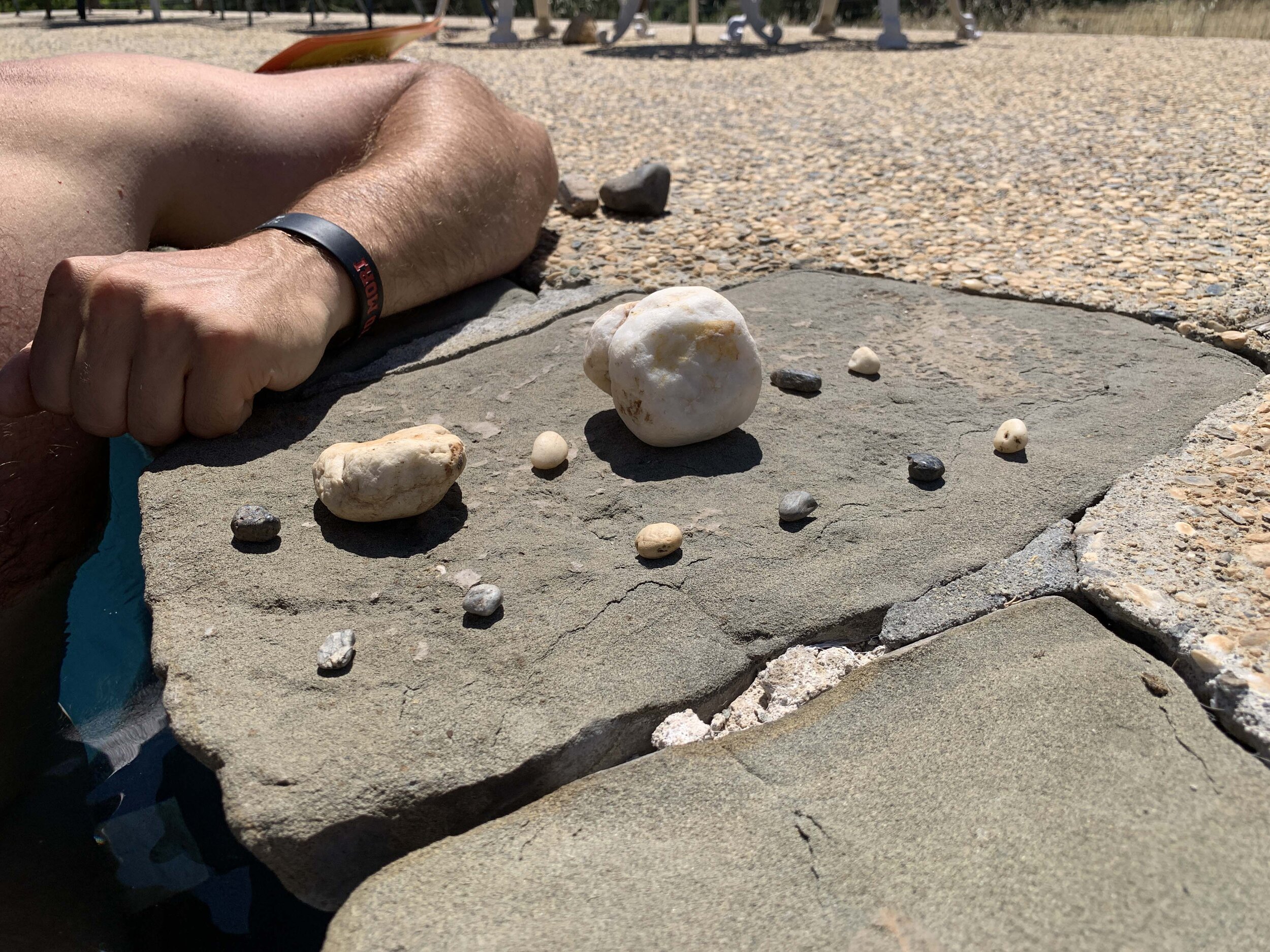“A good beginning, smooth progress…”
On July 4, in the Pool of Heaven overlooked by the Rock of Faeries, the Camoufleurs inaugurated their grand project and cast the Yijing (I Ching), the Book of Change, and asked its prediction.
The Book answered us with the hexagram of Ding 鼎, The Caldron:
元吉,亨。鼎有實,我仇有疾,不我能即,吉。
Jason’s translation: A fortunate beginning and success. The caldron is filled with food, and our enemies are feeble and cannot best us. Good fortune.
Success will not come easily, though, and we must not neglect our foundations:
鼎折足,覆公餗,其形渥,凶。
Jason’s translation: If the caldron’s feet should be broken, the princes’ food will spill and create a sad scene. This would be ill fortune.
So it begins. The Camoufleur’s caldron of creativity bubbles with a fecund and flavorful broth. We will mind its feet. We will keep it upright. We will spill none of our bounty.

